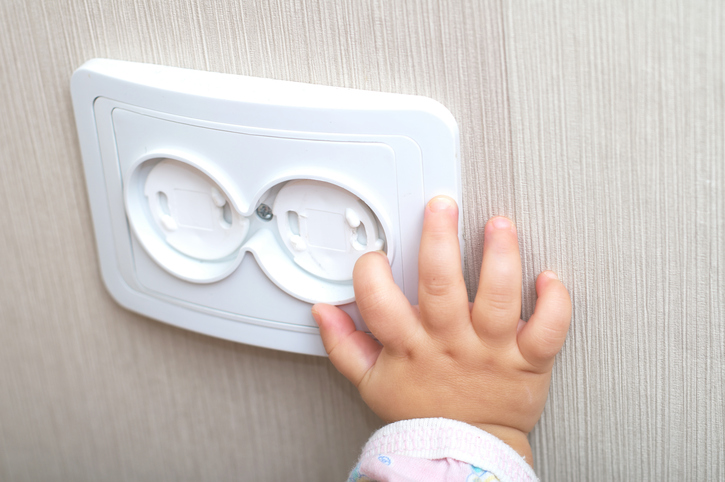
If you are not a new parent, you might never think of child-proofing your home. But should you?
There are no regulations that mandate childproofing your home for the safety of visitors; or even their children. But it is a straightforward way to reduce risk.
If children or people with developmental disabilities are ever guests in your home, not mitigating potential hazards puts them at risk of injury, and you at some legal risk.
What might childproofing look like?
If children are only in your home on occasion, just focus on high-risk areas. These can be broken down as follows:
- Water: Small children can drown in just a few inches of water, so even a small outdoor pond or water feature can pose a risk. Also think about the bathroom and kitchen, as well as swimming pools and hot tubs.
- Heat: Your stove is likely to present the biggest danger, but fireplaces, fire pits and grills are also potential hazards.
- Chemicals: From household cleaners to agents used for home improvement projects, there are a lot of toxic substances in every home. Pay attention to all places where these are stored, including garden sheds and medicine cabinets.
How can you address these risks?
- The first step is to remain vigilant. Don’t assume that the children’s’ own parents are always watching out for them.
- The next is to create barriers between children and the greatest risks. Outlet covers can reduce the chances of a child becoming electrocuted, or you can purchase outlets that close when nothing is plugged in.
- A fence around swimming pools and hot tubs is not only advisable, but sometimes mandated by local laws or the terms of your insurance policy. It is often best to simply avoid using fire features when kids are around.
For a home without children, these simple precautions can reduce the risk of incidents and injuries to your guests without a large investment of time or money.

Leave a Reply